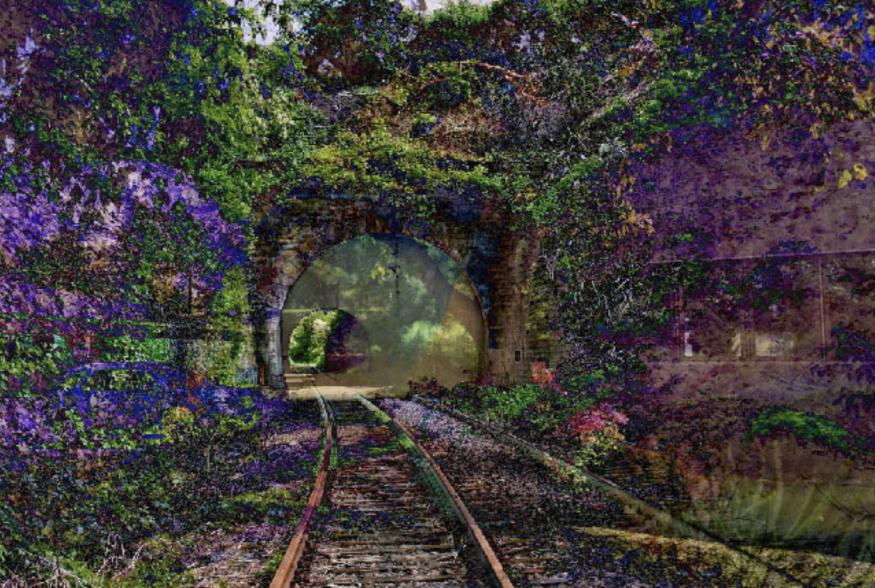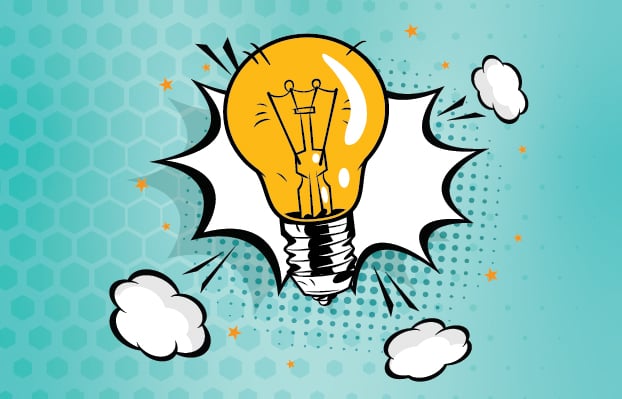On August 18, 2023, the US District Court for the District of Columbia (the Court) ruled in Thaler v. Register of Copyrights that an AI-generated work “absent any guiding human hand” is not protected by copyright, explaining that “[h]uman authorship is a bedrock requirement of copyright.” The Court’s ruling affirmed the US Copyright Office’s (the Office) decision that artwork created solely by the “Creativity Machine,” an artificial intelligence computer system, is not eligible for copyright protection. The ruling has implications for generative AI and users of AI tools like ChatGPT, Midjourney, and DALL-E.
The ruling marks the most recent volley in a series of disputes between Dr. Stephen Thaler, a computer scientist, and the world’s prominent intellectual property regimes. In past cases, Dr. Thaler has argued that his “Device for the Autonomous Bootstrapping of Unified Sentience” should be considered an inventor for patent purposes. That position was rejected by courts in the United States, Europe, Australia, and New Zealand, which have all so far held that only natural persons can be considered inventors.
In this case, Dr. Thaler sought to register an AI-generated artwork with the Office:

The work in question: "A Recent Entry to Paradise" by Dr. Thaler's Creativity Machine
The copyright registration application identified the author of the work as a computer called the “Creativity Machine,” and specifically noted that the work had been “autonomously created by a computer algorithm running on a machine.” The Office denied the application on the grounds that the work lacked human authorship, which has traditionally been the standard for copyright protection. Dr. Thaler challenged the Office’s rejection in the DC District Court.
In a memorandum opinion, Judge Beryl Howell granted the Office’s motion for summary judgement, holding that “human authorship is an essential part of a valid copyright claim.” While the Court acknowledged that “copyright is designed to adapt with the times,” the Court also noted that “copyright has never stretched so far . . . as to protect works generated by new forms of technology operating absent any guiding hand.”
The Court also explained that extending copyright protection works generated solely by AI (i.e., without any human creativity) would not further the aim of Copyright Act, to encourage creation and to promote science and useful arts, because “[n]on-human actors need no incentivization with the promise of exclusive rights under United States law.” Although Thaler was directed to a visual artwork similar to a painting, the Court’s reasoning applies to other types of computer-generated works, including text (as might be generated, for example, by ChatGPT) and music.
While the Court made it clear that a “guiding human hand” is necessary for authorship, it did not decide how heavy the hand must be. Here, Thaler — an advocate for recognizing AIs as sentient beings — acknowledged that the work was “autonomously created by an AI” and “lack[ed] traditional human authorship.” Accordingly, this particular case did not present thorny questions of weighing human/AI collaboration because a human operator played no role in generating the work. This said, the Court was mindful of AI-focused questions that are sure to arise (and may arise more quickly given this ruling). The Court noted that “[t]he increased attenuation of human creativity from the actual generation of the final work will prompt challenging questions regarding how much human input is necessary to qualify the user of an AI system as an ‘author’ of a generated work, the scope of the protection obtained over the resultant image, how to assess the originality of AI-generated works where the systems may have been trained on unknown pre-existing works, how copyright might best be used to incentivize creative works involving AI, and more.”
The Office has itself begun to address these questions. In March 2023, the Office issued a statement of policy “to clarify its practices for examining and registering works that contain material generated by the use of artificial intelligence technology.” Among the Office’s positions:
- Works made “without any creative contribution from a human actor” are not copyrightable
- A work including “human-authored elements combined with AI-generated images” is copyrightable, although the individual AI-generated images are not
- When an AI “receives solely a prompt from a human and produces complex written, visual, or musical works in response, … users do not exercise ultimate creative control” and the resulting work is not copyrightable
- When a human selects, arranges, or modifies AI generated material in a sufficiently creative way, the work may be copyrightable
- A user can use technology to recast, transform, or adapt their otherwise expressive authorship without necessarily negating a human-driven creative process
While this case did not test the Office’s positions, it is likely that such a case, forcing a court to weigh human direction against AI generation, is just around the corner. In the meantime, users of AI-generated works would do well to exert caution in using generative AI.
The ruling might also make Hollywood studios more cautious in their current negotiations with striking writers and actors. One point of contention in that dispute concerns whether studios will be able to use AI for various purposes — from using “digital replicas” of performers to having generative AI write scripts that writers would then adapt for a movie. However, if such works are to be given little or no copyright protection (as appears to be the case), the studios may be more willing to give up AI capabilities as a bargaining chip in negotiations.
What we can assume for now is that Dr. Thaler’s thus-far unsuccessful claim to ownership of an AI-generated artwork is only the tip of the paintbrush — the question is, how blurry will the line ultimately be?
Contacts
- /en/people/k/keegan-timothy

Timothy Keegan
Associate



